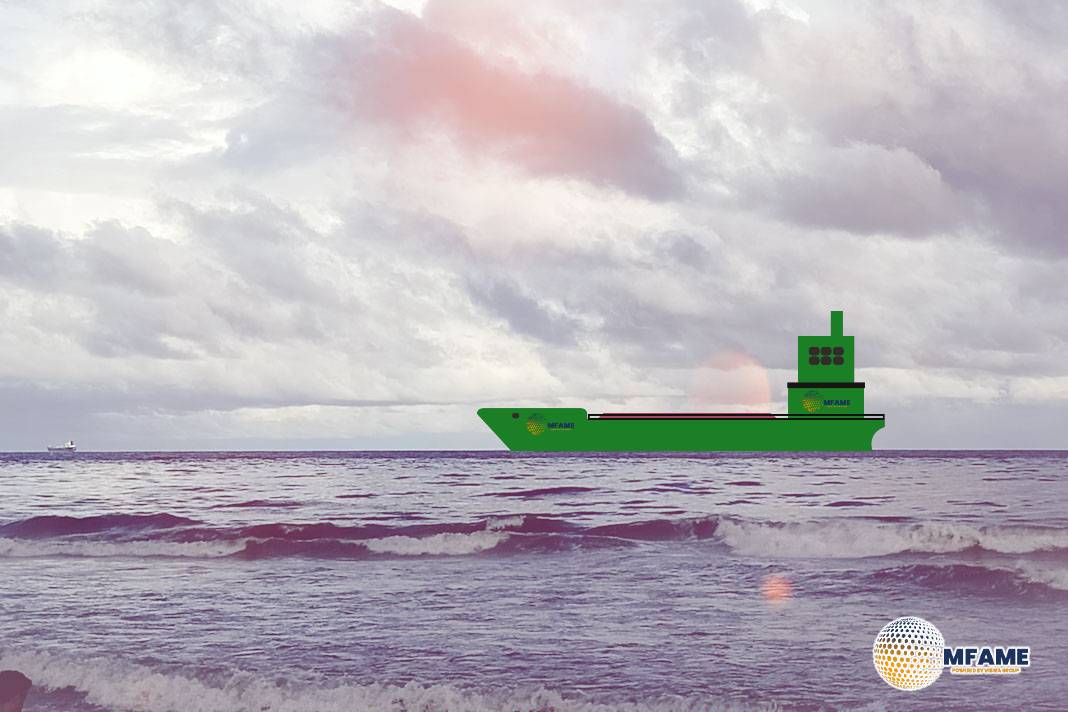- Banks Post 2% Growth in Ship Lending Amid Industry Pressures.
- Chinese Leasing Puts Pressure on Traditional Maritime Lenders.
- Environmental Demand Spurs Growth in Ship Financing Activity.
BNP Paribas continues to hold its title as the largest shipping lender in the world, according to a recent annual survey by Petrofin Research. This report reveals a slight yet significant uptick in ship finance activity among banks, even as they navigate a tough market landscape, reports Lloyd’s List.
Ship Finance Sees a 2% Increase Despite Industry Challenges
The top 40 banks involved in ship finance experienced a 2% increase in their total lending, reaching $289.65 billion in 2024. While this growth might seem small at first glance, Petrofin pointed out:
“This growth is a credible performance in a challenging environment.” The Greece-based consultancy highlighted that competition from alternative financing options and looming regulatory pressures are significant hurdles for the banking sector.
Chinese Leasing Offers Strong Competition
Banks faced “stiff competition” from alternative financing models, most notably Chinese leasing, which offered: “more flexible terms,” Petrofin Research said.
Despite this, traditional banks still fought to retain clients, often sacrificing profits: “Despite these pressures, banks competed aggressively to retain clients, often accepting lower margins to secure new business.”
ESG and Environmental Demand Fuel Loan Activity
Petrofin noted that strong cashflows across shipping sectors helped service loans. A key driver of finance activity was environmental regulation: “This ESG focus not only increased demand for new ships, but also spurred ship finance activity.”
Increased vessel orders linked to green shipping requirements played a critical role in maintaining demand for traditional ship loans.
Shift Away from Chinese Leasing to Bank Lending
Owners previously reliant on Chinese leases are showing renewed interest in conventional bank financing. Petrofin reported: “We are receiving reports that both major Western banks and their clients have been achieving lower cost refinancings by replacing previous leasing and bank loan transactions as loan margins have fallen and they are also able to obtain longer maturities.”
However, Chinese financial firms “were not geared to replace leases with straight mortgage lending themselves.” Further complicating matters, Petrofin added: “The unresolved tariff disputes and potential US penalties on Chinese vessels cloud the long-term outlook for Chinese leasing.”
Top Ship Finance Banks in 2024
In 2024, the leading ship finance banks by portfolio value were:
- BNP Paribas – $20.8 billion
- China Exim Bank – $18.8 billion
- KfW Ipex – $15.8 billion
- Crédit Agricole – Estimated to be among the top
- Bank of China – $12.5 billion
Other noteworthy banks making the top 10 list include Korea Exim Bank, Sumitomo Mitsui Banking Corp., Sumitomo Mitsui Trust Bank, Société Générale, and the new player, CaixaBank from Spain.
European Banks Experience a Comeback After Years of Decline
In a positive turn of events, European banks saw their portfolios grow by 7.8%, marking the end of a four-year downward trend. This resurgence was largely fueled by CaixaBank’s entry into the market and the growth of four Greek banks.
Even though Europe has lost some of its dominance over the past decade, it still holds the largest share of ship finance, making up 52% of the lending from the top 40 banks, which totals a whopping $152 billion.
Non-Bank Finance Outpacing Traditional Lending
While bank lending grew, Petrofin emphasized that non-bank finance sources are expanding more rapidly, stating: “The growth of the global fleet continues to be funded primarily from non-banking sources, such as leasing, alternative lending, export finance, private equity from funds, public markets and investors.”
Outlook for 2025: Uncertainty, But Resilience Remains
Despite global uncertainties, Petrofin concluded on a cautiously optimistic note: “The banks in general had navigated 2024’s challenges with resilience,” “adapting to competition, regulatory shifts, and geopolitical disruptions.”
Looking ahead: “Looking to 2025, uncertainty looms from US-led trade policies, but banks and shipowners remain poised to respond.”
Did you subscribe to our daily Newsletter?
It’s Free Click here to Subscribe!
Source: Lloyd’s List















![[Watch] Crazy Power Needed to Move World’s Largest Containerships](https://mfame.guru/wp-content/uploads/2023/11/mfame-tanker-100x70.jpg)

